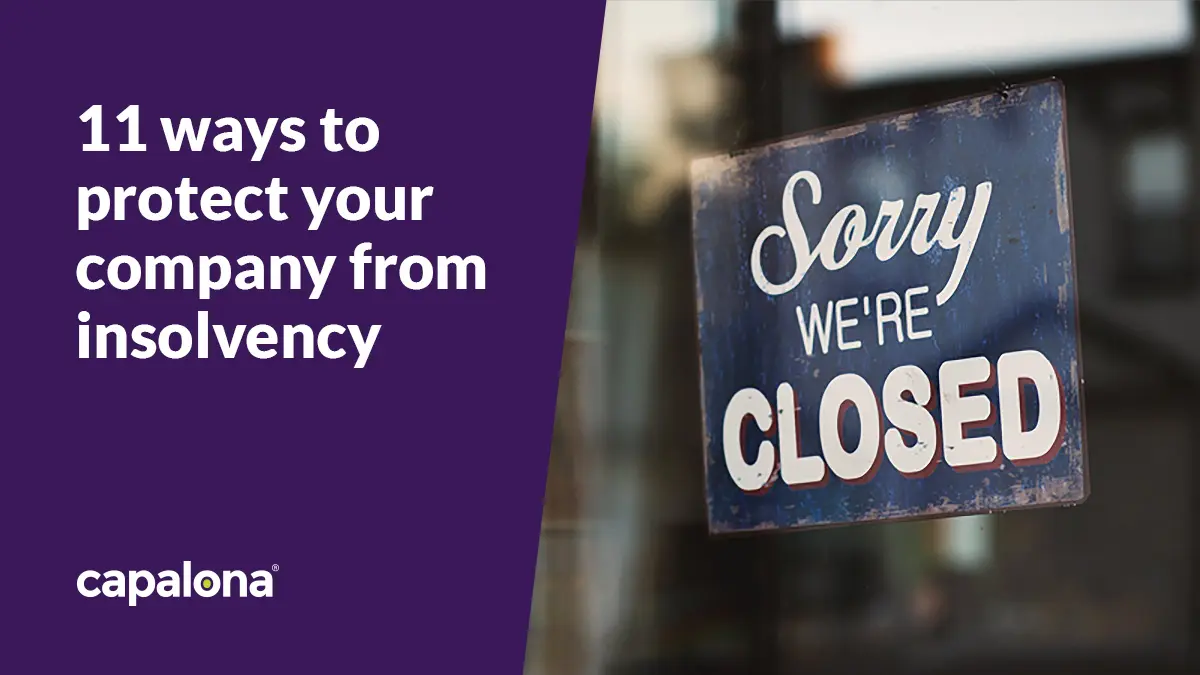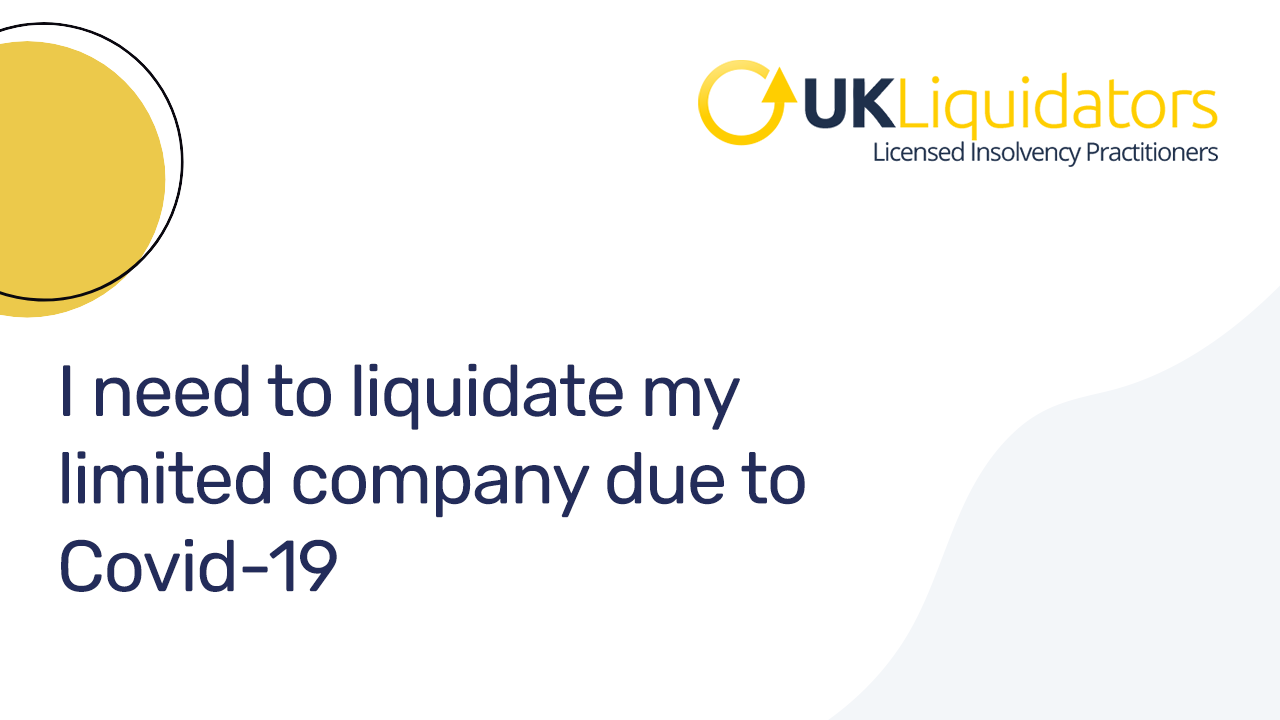The Single Strategy To Use For Insolvency Practitioner
The Single Strategy To Use For Insolvency Practitioner
Blog Article
The Ultimate Guide To Insolvency Practitioner
Table of ContentsInsolvency Practitioner for BeginnersThe Insolvency Practitioner PDFsThe 10-Minute Rule for Insolvency PractitionerFacts About Insolvency Practitioner UncoveredGet This Report about Insolvency PractitionerNot known Incorrect Statements About Insolvency Practitioner Not known Incorrect Statements About Insolvency Practitioner
Bankruptcy is when liabilities are higher than the value of the firm, or when a borrower can not pay the financial debts they owe. A firm can become financially troubled as a result of a number of scenarios that bring about bad capital. When confronted with bankruptcy, a business or individual can speak to financial institutions directly and restructure financial obligations to pay them off.Insolvency can result in insolvency procedures, in which legal action will certainly be taken against the financially troubled person or entity, and assets might be sold off to settle outstanding debts. Local business owner might call financial institutions directly and restructure financial debts into even more convenient installments. Creditors are usually amenable to this approach due to the fact that they desire to be paid back and stay clear of losses, even if the settlement gets on a postponed schedule.
The Buzz on Insolvency Practitioner
The owner produces a proposal outlining how the financial debt might be reorganized making use of price reductions or other strategies for assistance. The proposition reveals creditors exactly how the service may generate adequate capital for successful procedures while paying its debts. Generally, a forgiven debt might be considered income by the Internal Profits Solution (INTERNAL REVENUE SERVICE).

How Insolvency Practitioner can Save You Time, Stress, and Money.
The organization might finish up paying big amounts of money in damages and be incapable to continue operations. When operations stop, so does the business's earnings. Absence of income causes unpaid expenses and creditors asking for cash owed to them. Some companies end up being financially troubled since their goods or services do not progress to fit customers' changing requirements.
Expenditures exceed revenues and bills stay unsettled. Cash-flow insolvency occurs when a company has the assets to cover their financial obligations however they are in the incorrect kind, such as actual estate rather of fluid funds. Balance-sheet insolvency, on the other hand, indicates a lack of possessions in any type of form to cover financial obligations.
The IRS states that a person is financially troubled when the overall responsibilities go beyond complete properties. A personal bankruptcy, on the other hand, is a real court order that illustrates exactly how a bankrupt individual or company will certainly settle their lenders, or just how they will certainly offer their properties in order to make the settlements.
The Insolvency Practitioner PDFs

Recognizing the aspects that can bring about insolvency, such as overspending, can help you protect against bankruptcy and its repercussions.
What Does Insolvency Practitioner Do?
It is well known that supervisors and policemans of corporations (and supervisors of restricted liability companies) owe fiduciary obligations to their companies and their investors (or participants). These fiduciary obligations are specified by state laws and, though there are variants from one state to another, they normally consist of a task of commitment and a task of care.
The duty of treatment requires directors and useful content policemans to work out diligence, article source to make educated choices, and to act in good belief to ensure that their actions are in the finest rate of interest of the firm. Past the scope of this conversation, some states permit these tasks to be restricted either by so keeping in mind in the business records or complying with other needs.
Our Insolvency Practitioner Statements
Many states define insolvency in 2 ways( 1) when a company's responsibilities come to be above the sum of its possessions or (2) when the firm ends up being not able to pay its financial obligations as they end up being dueand accept both meanings (Insolvency Practitioner). The change in obligations happens since when a business is insolvent, there is no worth in the firm beyond that owed to the firm's financial institutions to ensure that the equity owners no longer have an economic risk in the company
Be careful regarding giving shareholders favoritism at the expenditure of lenders (e.g., accrediting and moneying a reward or a stock redemption). Beware regarding favoritism in between courses of shareholders. Clear up efforts to learn all the realities before taking a certain strategy; supervisors must genuinely think that any kind of choices made remain in the most effective passions of the company in its totality (i.e., decisions will certainly be examined in hindsight in light of the result of such actions on the firm).
In any bankruptcy or insolvency case, repayments made to specific financial institutions at the expense of other creditors can be clawed back, specifically if there is some link in between the company and the lender. Think about recommending at a yearly stockholder conference (or any kind of various other meeting of shareholders) a resolution attesting that all previous company decisions and actions taken by the supervisors and policemans of the firm were taken in excellent confidence after a workout review of affordable treatment.
See This Report on Insolvency Practitioner
Completely reveal any type of personal or business partnerships with parties beyond of deals entailing the firm to prevent the appearance of a problem of interest. In assessing possible fund raising deals or a sale of possessions of the distressed company, realize that these deals may be scrutinized later in light of any type of succeeding development of directors' fiduciary duties to include financial institutions.
Report this page